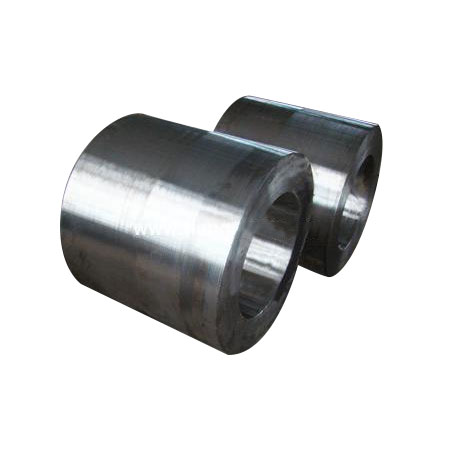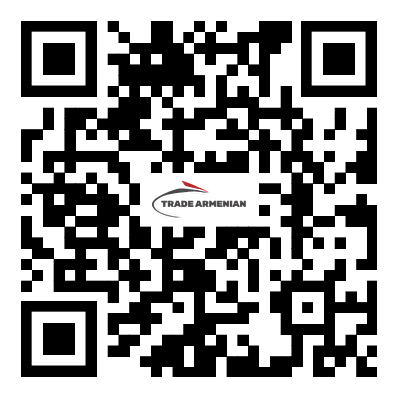What Makes Ring Forging a Vital Process in Modern Manufacturing?
2024-12-25
Ring forging is a critical manufacturing process used to create high-quality, strong, and durable metal components. Whether for use in aerospace, automotive, or industrial applications, ring forging plays a vital role in shaping metals into rings, which are then used in a variety of products and systems. But what exactly makes ring forging such a valuable process in today’s advanced manufacturing industry?
Let’s explore why ring forging is so important and how it continues to be an essential technique in producing high-performance components.
What Is Ring Forging?
Ring forging is a specialized type of metal forging process where a metal billet or preform is shaped into a ring through compressive forces applied by a hammer or press. This process is typically done in a hot state to make the material more malleable and to reduce the amount of force required to shape the metal. The result is a ring-shaped component with excellent structural integrity and material properties.
The process is commonly used for metals such as steel, titanium, and aluminum, and is often seen in the production of components such as shafts, bearings, and flanges. These components are vital in industries like aerospace, power generation, and oil and gas, where reliability and strength are crucial.
Why Is Ring Forging So Important?
1. Strength and Durability
One of the key advantages of ring forging is its ability to produce strong, durable components. The forging process aligns the metal’s grain structure, which significantly improves its mechanical properties. This results in parts that are more resistant to fatigue, stress, and wear compared to cast or machined parts.
For instance, in the aerospace industry, ring forging is commonly used to create turbine rings, which must withstand extreme temperatures and pressures. The strength achieved through this process ensures that these components can endure the harsh environments in which they operate.
2. Precision and Consistency
Another reason why ring forging is so widely used is the level of precision it offers. The process allows manufacturers to create parts that meet exact specifications, ensuring uniformity and consistency across large production runs. This is particularly important in industries where tight tolerances are required, such as aerospace or automotive applications.
Since the process is highly controlled, it reduces the need for secondary operations like machining or grinding. This not only saves time but also lowers production costs while maintaining high-quality standards.
3. Material Efficiency
Unlike casting or other forming processes that involve excess material waste, ring forging is highly material-efficient. By starting with a carefully selected billet, the forging process utilizes most of the material, reducing scrap and maximizing yield. This is not only more economical but also better for the environment, as it minimizes waste during production.
Furthermore, the process can be used to produce rings with specific properties, such as high strength-to-weight ratios, making it ideal for critical applications where both strength and lightness are required.
4. Versatility of Applications
Ring forging is a highly versatile process that can be used to produce components in various sizes, from small parts like washers to large, complex rings used in machinery, turbines, and engines. The flexibility of this process makes it applicable across different industries, including:
- Aerospace: Turbine rings, structural components, and engine parts.
- Automotive: Gears, flywheels, and drive shafts.
- Oil and Gas: Seals, flanges, and valve components.
- Power Generation: Compressor rings and other vital components.
Regardless of the application, ring forging ensures the production of parts with outstanding strength and reliability, even in the most demanding environments.
5. Customization and Design Flexibility
Ring forging also allows for a high degree of design flexibility. Manufacturers can create rings with varying cross-sectional shapes, wall thicknesses, and internal diameters to meet specific design requirements. This customization is essential in producing parts that need to fit complex machinery or systems.
In addition, ring forging can accommodate different alloys and material grades, enabling manufacturers to produce parts with specialized properties such as corrosion resistance, high-temperature performance, or electrical conductivity.
What Are the Key Stages in the Ring Forging Process?
The ring forging process typically involves the following stages:
1. Billet Preparation: A metal billet or preform is selected based on the required size and material properties. The billet is often heated to high temperatures to make it more malleable.
2. Forging: The billet is placed in a forging press or hammer, where compressive force is applied to shape it into a ring. This stage may involve several passes through the press to achieve the desired shape and size.
3. Shaping: The ring is shaped to meet the design specifications, with attention to wall thickness, internal diameter, and other critical dimensions.
4. Cooling: After forging, the ring is gradually cooled, typically through controlled air cooling or quenching, depending on the material and the required properties.
5. Finishing: The final stage involves any necessary machining, inspection, and quality control checks to ensure that the component meets all requirements before it is sent to the customer.
What Are the Advantages of Ring Forging Over Other Methods?
While other methods, such as casting or machining, are used to create metal parts, ring forging offers several key advantages:
- Higher Strength: The grain structure of forged rings is aligned, which improves their strength and fatigue resistance.
- Less Material Waste: Forging utilizes most of the material, reducing waste and improving cost-efficiency.
- Improved Reliability: The consistent and precise nature of forging ensures that each component meets high-quality standards.
- Faster Production: The forging process can produce parts more quickly than traditional machining, reducing lead times.
Conclusion: Why Is Ring Forging a Key Process in Manufacturing?
Ring forging is an essential process in the manufacturing of high-performance components for industries that require strength, durability, and precision. From the aerospace sector to power generation, this process offers several advantages, including material efficiency, high strength, and versatility. By choosing ring forging, manufacturers can produce high-quality rings and parts that will perform reliably in demanding applications.
Whether you’re involved in designing aircraft engines or automotive components, ring forging is a vital technique that ensures the structural integrity and performance of your products. So, when it comes to creating strong and reliable components, there’s no question—ring forging is a process you can count on.



